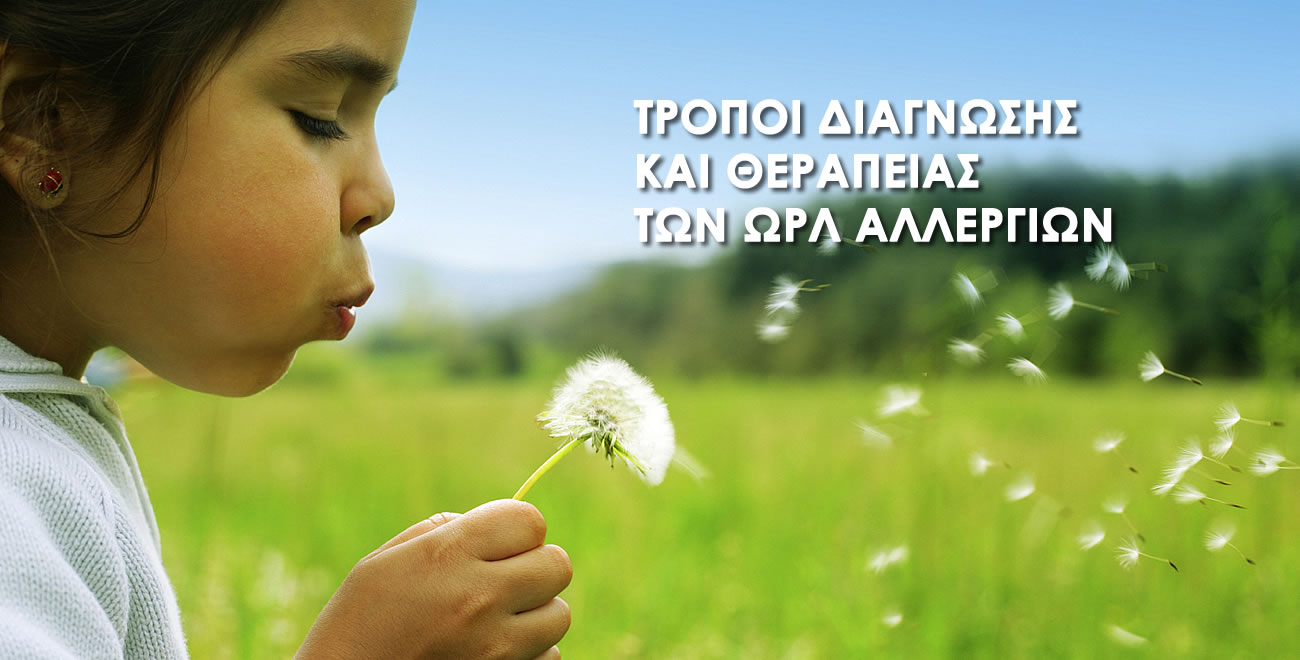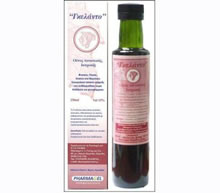
Λεξικό .. Apis mellifera (honey bee),
Honey bee is a species of the genus Apis which belongs to the family Apidae of the order of Hymenoptera. Honey bees have yellow and black markings and squat, hairy bodies. They are approximately 1.5 cm. Domesticated honey bees are cultivated for honey production and pollination of fruit trees. Usually they stay close to their hives. Only the female stings. They are alert and easily provoked. Honey bees have been domesticated and spread throughout the world. Most Honey bee stings occur in beekeepers and their families or in people who walk barefoot on lawns containing clover. Different races exist which are all morpholigically similar but differ in behaviour. Whole hives survive during winter.
Bee stings can, therefore, occur on exceptionally warm, sunny winter days but most frequently they occur in spring, summer and autumn. Usually the sting apparatus remains in the skin of the victim. Coloring, characteristics and habitat may vary in subspecies and from region to region, but all should be considered potentially dangerous. Domesticated honey bees live in man made hives, while wild honey bees nest in rock crevices, outbuildings, and houses. Honey bees are attracted to perfumes, cosmetics, hairspray, and suntan lotion, as well as to sweets such as soft drinks, fruit juices and beer. They are also attracted to paints containing isoamyacetate which also acts as an alarming agent. They are attracted to light yellow and blue, so you should wear clothing in shades of white and tan and always wear shoes while outdoors.
No insect repellant is effective at this time. If a honey bee is present, remain, calm and gently brush it away. Do not swat. Swatting greatly increases the chances of being stung. The major allergens from the honey bee are: Api m I (phosholipase A2), Api m II (hyaluronidase), Api m III (mellitin), Api m IV (acid phasphatase), Api m V (allergen C). i1 is the symbol of honey bee venom in RAST. Allergen i1 is produced by coupling honey bee venom, obtained through electric stimulation of bees, to activated paper discs.
Mueller, U.R.: Insect sting Allergy. Gustav Fisher, 1990, p. 7.
Γκέλης Ν.Δ. - Λεξικό Αλλεργίας - Εκδόσεις ΒΕΛΛΕΡOΦΟΝΤΗΣ - Κόρινθος 2013
Gelis Ν.D. - Dictionary of Allergies - VELLEROFONTIS Publications - Corinth 2013




